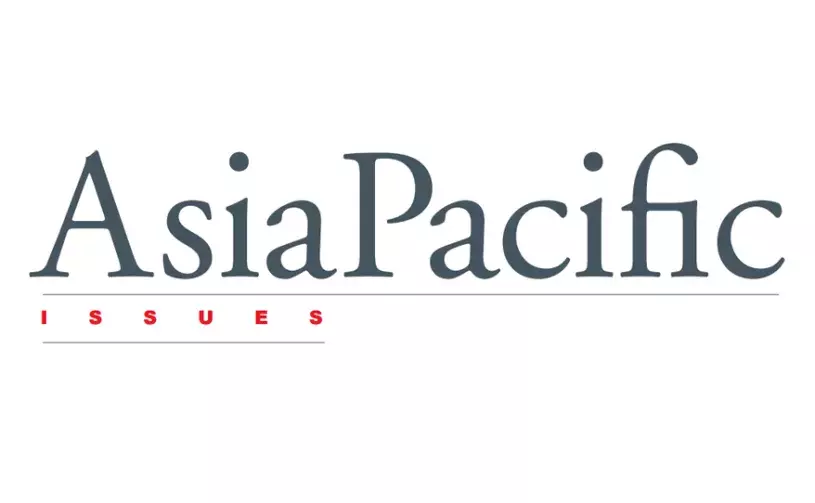Error message

The global financial crisis of 2008-09 led to a policy consensus in China that its socioeconomic development model needed rebalancing. China's rapid development has been based on extensive growth reliant on exports, low wages, environmental exploitation, and the manufacturing of cheap products. China's current plans identify paths to economic rebalancing through intensive growth driven by rising investment in new technologies and manufacturing processes, improved wages and skills, and improved worker and environmental protections. Two industries, automotive and information technology, demonstrate the experience of and opportunities for rebalancing. Both offer improved employment conditions with better wages, but continue to incorporate large swaths of low-wage employment with little protection for workers' health and the environment. Economic rebalancing in China, therefore, has so far only appeared in pockets. Institutional safeguards for wages and labor standards remain constrained by powerful alliances among multinational corporations, Chinese state-owned/private enterprises, and the Chinese state.
The views expressed in this publication are those of the authors and not necessarily those of the Center.
The global financial crisis of 2008-09 led to a policy consensus in China that its socioeconomic development model needed rebalancing. China's rapid development has been based on extensive growth reliant on exports, low wages, environmental exploitation, and the manufacturing of cheap products. China's current plans identify paths to economic rebalancing through intensive growth driven by rising investment in new technologies and manufacturing processes, improved wages and skills, and improved worker and environmental protections. Two industries, automotive and information technology, demonstrate the experience of and opportunities for rebalancing. Both offer improved employment conditions with better wages, but continue to incorporate large swaths of low-wage employment with little protection for workers' health and the environment. Economic rebalancing in China, therefore, has so far only appeared in pockets. Institutional safeguards for wages and labor standards remain constrained by powerful alliances among multinational corporations, Chinese state-owned/private enterprises, and the Chinese state.
The views expressed in this publication are those of the authors and not necessarily those of the Center.







